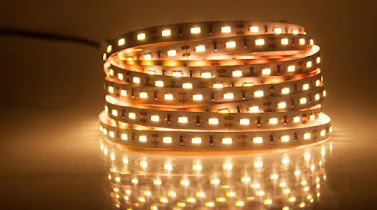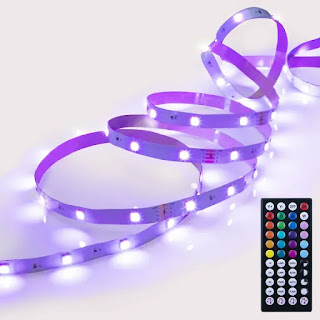How many Lumens do I need for solar street light?
The brightness of solar streetlights is typically measured in lumens. Lumens (lm) are a unit of measurement for the total quantity of visible light emitted by a source. The lumen output of solar streetlights can vary widely depending on factors such as the type of LED (light-emitting diode) bulbs used, the wattage of the solar panels, the efficiency of the solar charge controller, and the capacity of the battery.
>> > see more information about LED Lights
When considering solar street lights, it’s important to assess the specific requirements of the location where they will be installed, taking into account factors such as the size of the area to be illuminated, the desired brightness level, and the local weather conditions. Additionally, advancements in solar lighting technology may have occurred since my last update, so it’s advisable to check with manufacturers or suppliers for the most up-to-date information on solar street light specifications.
If you want to know how many lumens you need for your solar street light. Today, we’ll help you choose the best lumens/brightness for your all-in-one solar street light applications.
What is a Lumen and Why It Matters?
Lumen measures how bright a light is, or the intensity of brightness it emits. Nowadays, we use this unit of measurement to specify the light output of solar streetlights. For example, defining the brightest LED for solar streetlights can mean finding a solar streetlight with the highest lumens.
The 3 key points to judge the quality of solar lights are the brightness(lumens), the lighting time at the night, the cloudy days, and the life span. The main material that determines the life of solar streetlights is the lithium battery.
>>>> see more: The Role of Transformers in Landscape Lighting
What is Watt and Are Higher Wattage all in one solar street Lights Brighter?
Our once convenient way of buying an all-in-one solar street light is by choosing from different watts printed on its packaging. We judge a light’s intensity by its watt rating. The higher the watts, the brighter it is.
Watt is a unit of measurement for power draw or the amount of electricity the solar street light consumes. It means that a 100-watt solar street light takes up 100 joules of energy to produce light in 1 second.
We used this proportionality way of saying how bright a lamp would be based on how much power it consumes. But eventually, watts can only accurately determine how much we have to pay for electricity bills.
On the other hand, lumens measure the light intensity of a lamp - not counting how much electricity it draws.
Now that you know that it makes more sense to specify brightness in lumens, how would you know if you got the right light brightness you need?
How Many Lumens are Needed for all in one Solar Street Light?
With the right solar street light manufacturer, you can easily replace existing street lights with solar-powered street lights that can last for 30 years, with minimal maintenance and operation cost.
As the third-generation light source led can save more power to keep the same brightness. We calculate the brightness by the lumens(lm) but not the wattage. Because the brightness is decided by the luminous efficacy (lumens per wattage).
The luminous efficacy of the lamp is 12-24 lumens per wattage only. And the Compact Fluorescent Lamp fixtures can reach 50-60 lumens per wattage. And led can generate more lumens per watt (lm/w). Then the led light fixtures in 2010 can reach 100-110 lumens per wattage.
In the market in 2020, different types of leads can generate different luminance efficacy (lm/w). Some led chips can reach more than 200lm/w, some can be only 130lm/w around. So the best to calculate the brightness is not by led power, but by the lumens.
In the summary of misunderstanding one and misunderstanding two, here we also want to remind you that solar light-led power is always labeled as much higher than real-led power.
Take the solar flood lights in Amazon shop, for example, they have labeled 100-wattage solar floodlights, 200-wattage solar floodlights, and 300-wattage solar floodlights. For the so-called 300watt solar flood lights, real led power is 15 watts at the highest. Because you can easily find that the solar panel power of it is only 25watt to 30watt. How can such a small power solar panel support 300Watt led-to power long-time lighting? No more than one hour!
Another question or factor to consider when sizing solar street lights would be considering the number of Lumens per radius illuminated and how high should the light be placed. Considering, for example, how many lumens are necessary for properly lighting 20m when the light is placed at 8m height.
Conclusion:
Hope this article about How many Lumens I need for an all-in-one solar street light will give you some help when you choose all-in-one solar street lights.
If you want to know more about all-in-one solar LED lighting, don’t hesitate to contact clodesun for more
information.
>>>> see more: How Many Lumens Do You Need for Your Outdoor Lighting?





Nhận xét
Đăng nhận xét